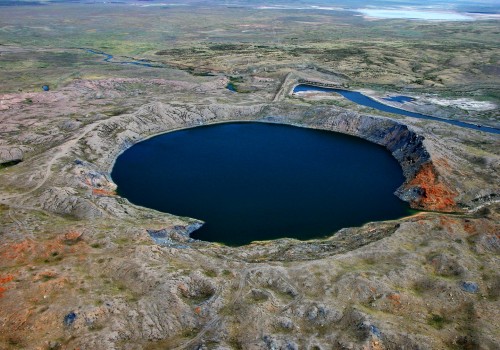Comprehensive Radiological Study near the “Atomic Lake”
10 April 2018

National Nuclear Center of RK and Fukushima Environmental Safety Center (Japan Atomic Energy Agency) initiated the implementation of joint ISTC Project, aimed at assessment of the impact on ecosystem of “Atomic Lake” region and artificial water-storage reservoir, as well as proposals development on “Atomic Lake” usage in scientific and economic purposes.
Studies conducted under the Project, based on developed system with GIS technologies application, will be a continuation of new direction development in scientific and methodological bases for complex studies preparation and conduction to study objects contamination, survived after radiation accidents and nuclear weapon testing.
In the process of project implementation, it is planning to obtain a great volume of information in particular on the character of areal distribution of artificial radionuclides at the territory of “Atomic Lake” object. The process of wind erosion on “Atomic Lake” pile wall will be studied in details, quantitative data will be obtained on radionuclide intake in atmospheric air in different weather conditions and many other operations will be conducted.
Upon results of obtained data processing methodical base will be created for integral assessment of media geoecological state in the “Atomic Lake” region. Data on population radiation dose will serve as a basis, calculated upon behavior scenarios, as well as a generalized scheme in values of integral indicator, reflecting availability of zones with detected or expected ecological problems. On the basis of such data recommendations will be developed on limitation of negative impact of ecological situation, formed near the “Atomic Lake”, on population and environment.
For reference. Artificial water reservoir creation was one of directions in the Program on Industrial Use of Underground Nuclear Explosions with Soil Displacement, meant for dry regions of the country and channels for water transfer from northern rivers to the southern regions with water deficiency. Underground nuclear explosion of 140 kt yield was the first test at place of the main water artery joining - Shagan and Ashisu rivers on January 15, 1965, as a result of which a crater of depth more than 100 m and 400 m in diameter was formed. In spring that year the crater was filled with flood waters and “Atomic Lake” was formed. Similar tests were also carried out at “Telkem” (Telkem-1 and Telkem-2) site. Moreover, craters of hundreds meter radius and depth of several tens of meters were formed as a result of several off-normal situations occurred at “Sary-Uzen” and “Balapan” STS sites.
Latest news by category:
-
Participation in IAEA International Fusion Research Council Meeting on Controlled Thermonuclear Fusion
25 December 2025
-
NNC RK Participated in CIS Commission Meeting on Peaceful Use of Atomic Energy
17 December 2025
-
Pivotal Role of Kazakhstan in Global Thermonuclear Fusion Research
17 December 2025
-
Enhancing Human Resources Development with Support of JAEA
09 December 2025